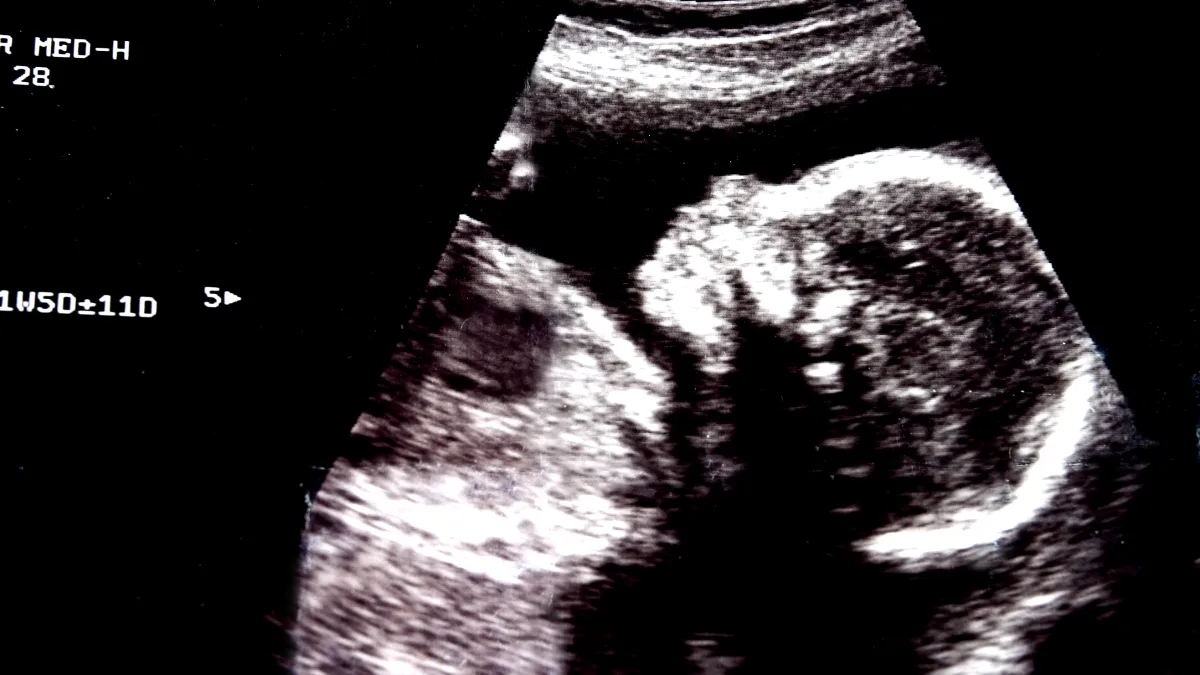In the wake of Covid-19, the way we work is changing. However, this change is not just about where and when we work, but also about the culture and values we bring to the workplace.
Today, there is a growing recognition that workplace culture plays a crucial role in employee well-being, productivity, and overall success. As a result, many organisations are beginning to rethink their approach to workplace culture, looking for ways to create a more flexible, inclusive, supportive, and empowering environment.
Nevertheless, findings from the Work Trend Index reveal that 85 per cent of leaders are concerned about the productivity of people working outside of the office. Employees meanwhile feel more stretched than ever with the number of weekly meetings increasing 153 per cent, and almost half 48 per cent saying they are burning out.
A wake-up call
The results of the latest PwC Global Workforce Hopes and Fears Survey will be a wake-up call for global leaders, including in Central and Eastern Europe (CEE). In Poland and Romania, just 32 per cent and 34 per cent of workers respectively said that they can choose when they work.
Workers who feel empowered by their current circumstances — such as, those with specialised or scarce skills — are ready to test the market. More than one-third of respondents plan to ask for a raise in the coming year, and one in five said they are extremely or very likely to switch employers. Retaining these employees will require more than just pay; fulfilling work and the opportunity to be one’s authentic self at work also matter to employees who are considering a job change.
The results also show that sensitive political and social discussions—topics that themselves hinge on issues of power and its distribution—are happening in the workplace, largely without company involvement, and are generating positive dividends for employees.
Also, workers want more support in translating environmental, social and governance (ESG) considerations to their work. And as leaders develop hybrid work models, they need to consider the 45 per cent of the workforce that can’t work remotely—people who do essential work but report feeling less fulfilled and empowered than respondents who can work remotely.
Artificial Intelligence (AI) can help, given its capacity to increase satisfaction. A recent Microsoft survey found the use of no-code or low-code platforms or apps is shown to have led to an 83 per cent positive impact on work satisfaction and workload by users, and an 80 per cent positive impact on morale by users.
“As organisations move through their digitisation journeys, bringing in cloud and AI, there is a real opportunity to rethink workplace culture for their employees – with leaders who prioritise and empower people to learn to work smarter and be more productive; not simply work harder,” says Microsoft’s Aliya Nazarkasimova, Modern Work Business Group Lead.
“Data and process automation can augment workers across divisions and roles – from the factory floor to the C-suite – helping them to be more creative, productive, collaborative and to add balance to their lives. People can shift their energy from thinking about how to simply ‘do more’, to how to be more impactful, achieve core business goals and grow professionally.”
AI in action
Mytilineos, a leading global industrial and energy company, is using AI-powered computer vision to transform the efficiency of loading goods onto ships.
Using feeds from existing dock cameras to analyse loading operations and develop a digital model, has automated the formerly manual task of checking off inventory and quantities, significantly reducing errors and delays. Not only can the company be sure that the correct volume of materials is loaded; but its employees can be reassigned from standing in the hot Greek sun and counting metal slabs to working on creative solutions for its global client base.
“Our company was facing a fundamental challenge to improve the efficiency of our delivery operations,” says Spyros Bekiaris, transportation and port manager at Mytilineos. “We were asking our employees at the port to count the aluminum slabs and billets being loaded onto ships for delivery and to cross-reference those figures against loading plans. The process was prone to errors and resulted in delays when the numbers didn’t match. We needed to manage daily loading with reduced errors and minimal time between issues and fixes.”
With the help of Microsoft Consulting Services, Mytilineos solved the problem using computer vision technology. “We recognise the importance of digital transformation in order to remain competitive,” adds Minas Chaniotis, IT Centre of Excellence manager at Mytilineos. “That’s why we turned to Microsoft Azure Cognitive Services, Custom Vision.”
Going forward, Mytilineos hopes to expand the system’s features to include measuring the performance of forklift drivers, checking routes, distances covered, and where products are being sourced. The team has also been leveraging other leading Microsoft technology – including automating invoicing with Power Apps and tapping into rapid, augmented reality insights with HoloLens 2 – furthering its commitment to an efficient, technology-driven future.
“Continuous growth for our people and our company is one of our fundamental values,” Bekiaris says.
Improving HR processes
In Romania, PwC Romania assisted the Profi chain of stores in the process of digital transformation and optimisation of its human resources department by implementing SAP SuccessFactors, a solution that supports core HR processes such as recruitment, administration, performance management and talent management.
The transformation project had two main goals: to develop and improve the relationship with the more than 15,000 employees in the integrated stores and to streamline the administrative processes of the HR department. For existing activities such as HR administration (including document generation), recruitment or onboarding, the efficiency gains were significant.
“In an ever-changing labour market, companies need to focus on improving the relationship with their employees while increasing the efficiency of their HR processes,” says Radu Bădiceanu, a partner at PwC Romania.
“Profi’s chosen solution offers all these advantages, as it is technically a cloud-based, easily scalable solution that integrates a large part of the company’s HR processes, providing an excellent basis for increasing data quality and streamlining time-consuming activities.
“Furthermore, the approach we took throughout the project took into account the following extremely important elements: starting from existing business processes, seeing how these can be optimised with the solution, but also starting from the solution as a reference point for areas where the need for new business processes has arisen.”
The war for talent
The upshot is that as companies take on ambitious business and societal goals, leaders must remember that employees can be a force multiplier or a detractor.
In fact, PwC research has found that the workforce is the number one risk to growth—and also the principal means by which companies can execute growth-driven strategies. Understanding workplace power in all its aspects can help leaders energise their workforce, tap into the power of their people and accomplish bolder goals.
“Potential shortages of labour and skills are among the top long-term threats to businesses in our region,” says Adam Krason, CEO, PwC Central and Eastern Europe. “This is part of the ongoing global war for talent that business leaders have been telling us about for several years in our annual CEO Survey.”
“CEOs can fight the war for talent in several ways,” he adds. “First, the higher concern throughout our region suggests a systemic issue. It’s worth looking for opportunities to partner with educational institutions to ensure they’re giving graduates the skills they need in today’s workplace. Within their companies, CEOs need to redouble their efforts to empower and engage their people.
“The old adage is that nothing is certain but death and taxes. For now, at least, we can add a third factor: the need to constantly compete for the best human capital on the market.”







